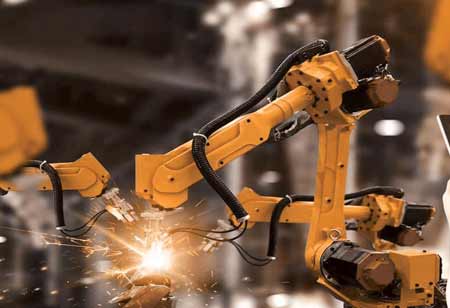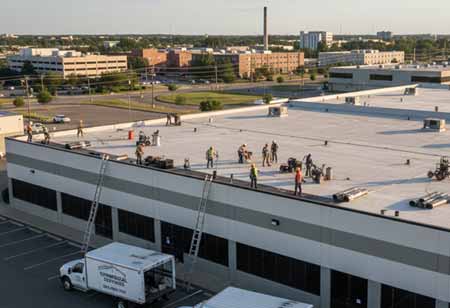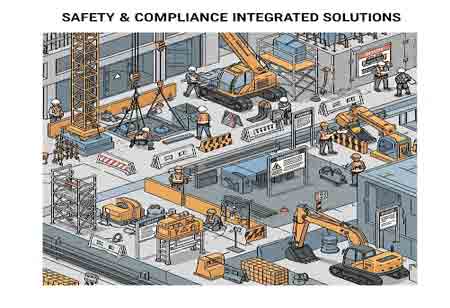Thank you for Subscribing to Construction Business Review Weekly Brief
Specials
- Apartment and Condominium Contractors Canada
- Decking Canada
- Architectural Glass Europe
- MEP APAC
- Construction Saudi Arabia
- German Apartment and Condominium Contractors
- Construction Law APAC
- Outdoor Construction
- Foundation Construction Canada
- MEP Canada
- Kitchen and Bath
- Cold Storage Construction APAC
- Precast Concrete Europe
- Construction Staffing Europe
- Pre-Construction Services
- Flooring System APAC
- Scaffolding Canada
- Swimming Pool Construction Canada
- Construction Management Canada
- Cold Storage Construction Canada
- Flooring Systems Europe
- Residential Construction
- Concrete Canada
- Construction Cladding Europe
- Construction Cladding APAC
- Concretes, Aggregates and Construction Materials APAC
- Concretes, Aggregates and Construction Materials Europe
- Commercial Contractors Europe
- Commercial Contractors APAC
- Dummy
- Construction Insulation, Coating and Waterproofing
- Construction Management APAC
- Landscaping Canada
- Construction Coating Europe
- Construction Tech Startups Europe
- Insulation Services Europe
- Mechanical Contractor Canada
- Mould Remediation and Testing Europe
- Swimming Pool Construction APAC
- Building Sealing Solutions Europe
- Construction Engineering Services
- Mechanical Electrical and Plumbing
- Roofing Systems Europe
- Architectural Glass APAC
- Startups APAC
- Construction Forensic and Owners Representative
- Flooring System
- Waterproofing APAC
- Wall Systems
- Safety and Compliance Europe
- Construction Bidding and Auctions
- Modular and Prefab Construction
- Architectural Glass
- Construction MENA
- Construction Demolition and Recycling Europe
- Modular Construction Europe
- Construction Interiors
- Steel Building APAC
- HVAC
- Doors and windows
- Construction Latam
- Building Information Modeling APAC
- Sustainable Construction APAC
- Building Restoration and Maintenance
- Commercial Contractors
- Specialty Construction
- Construction Engineering Canada
- Construction Engineering MENA
- Modular Construction Canada
- Modular Construction APAC
- Roofing and Siding Systems
- Workforce Management and Staffing
- Roofing Systems APAC
- Construction Consulting
- Steel Building Europe
- Construction Demolition and Recycling APAC
- Safety and Compliance APAC
- Concretes, Aggregates and Construction Materials
- Construction Cladding
Integrating BIM in Construction Projects
BIM is regarded as the future of the business by many executives in the construction sector.

By
Construction Business Review | Wednesday, April 19, 2023
Stay ahead of the industry with exclusive feature stories on the top companies, expert insights and the latest news delivered straight to your inbox. Subscribe today.
BIM reduces access and physical traffic accidents associated with construction projects.
FREMONT, CA: BIM is regarded as the future of the business by many executives in the construction sector. Its efficiency is gradually expanding as adoption is slowed by the numerous obstacles it must overcome. BIM gets rid of a lot of issues that are common to building projects, such as fewer clashes with objects and obstructions to access. BIM will be successful if it lives up to its promises of being quicker, more predictable, cost-effective, and with fewer errors and mishaps. If so, businesses that implement it will stay caught up.
Government rules that guarantee an even playing field for all parties further encourage the implementation of BIM. Having to enact such rules demonstrates the industry's reluctance to do so.
There are several obstacles to go through while switching to BIM.
Integration: Construction executives may be able to understand the advantages, but if they need to learn how to utilize it, it will not be effective. BIM necessitates extensive training. It takes months or years to become proficient at it. Before attaining long-term advantages, construction organizations are likely to suffer productivity setbacks. These benefits will materialize once enough individuals have mastered the new method.
More in News





